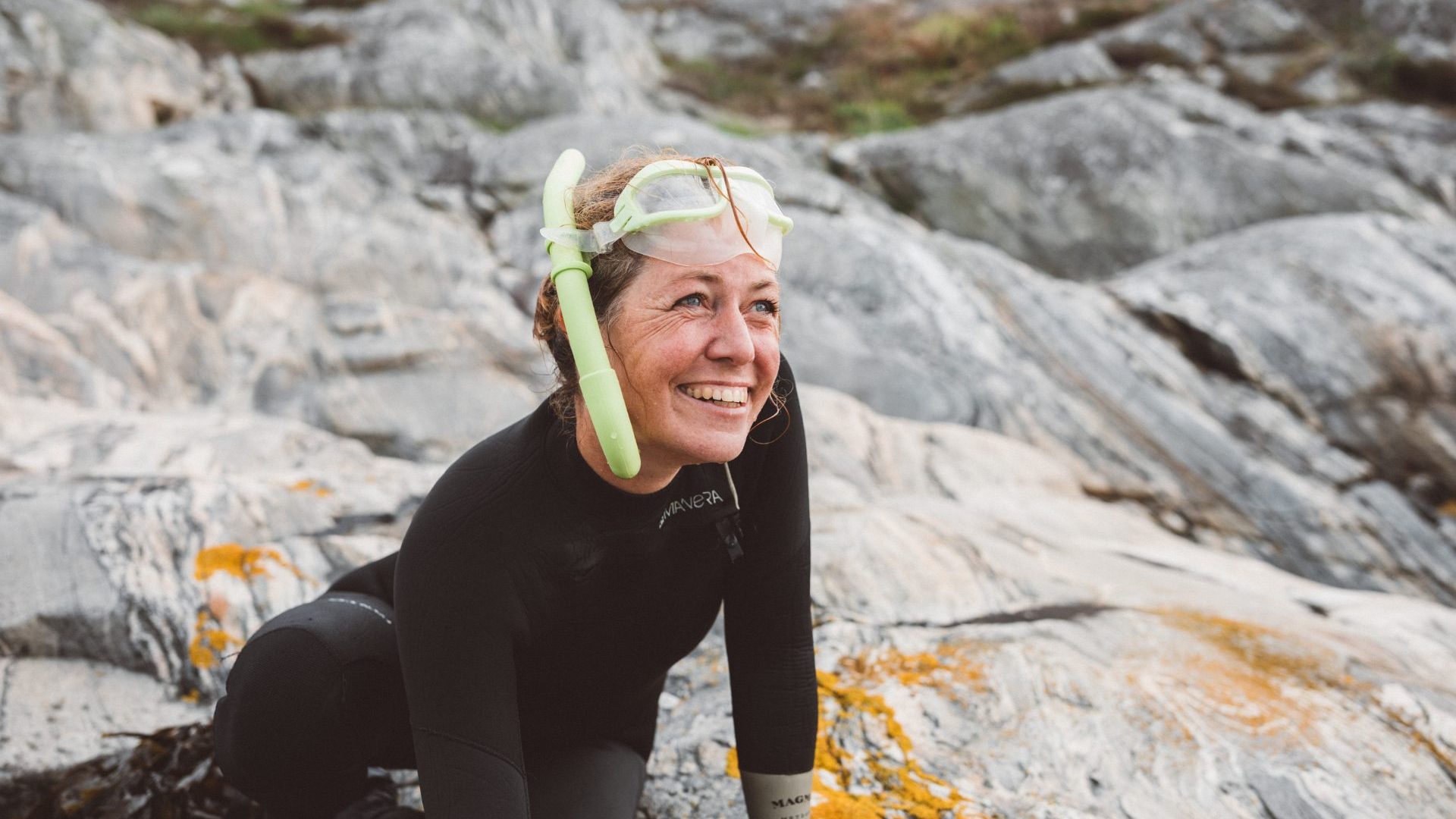
With food systems under pressure, could seaweed—easy to farm at scale and nutrient-rich—be part of the solution? Writer Rory Buccheri heads to Sweden to join diver, chef and seaweed safari guide Karolina Martinson for an algae-based cooking class.

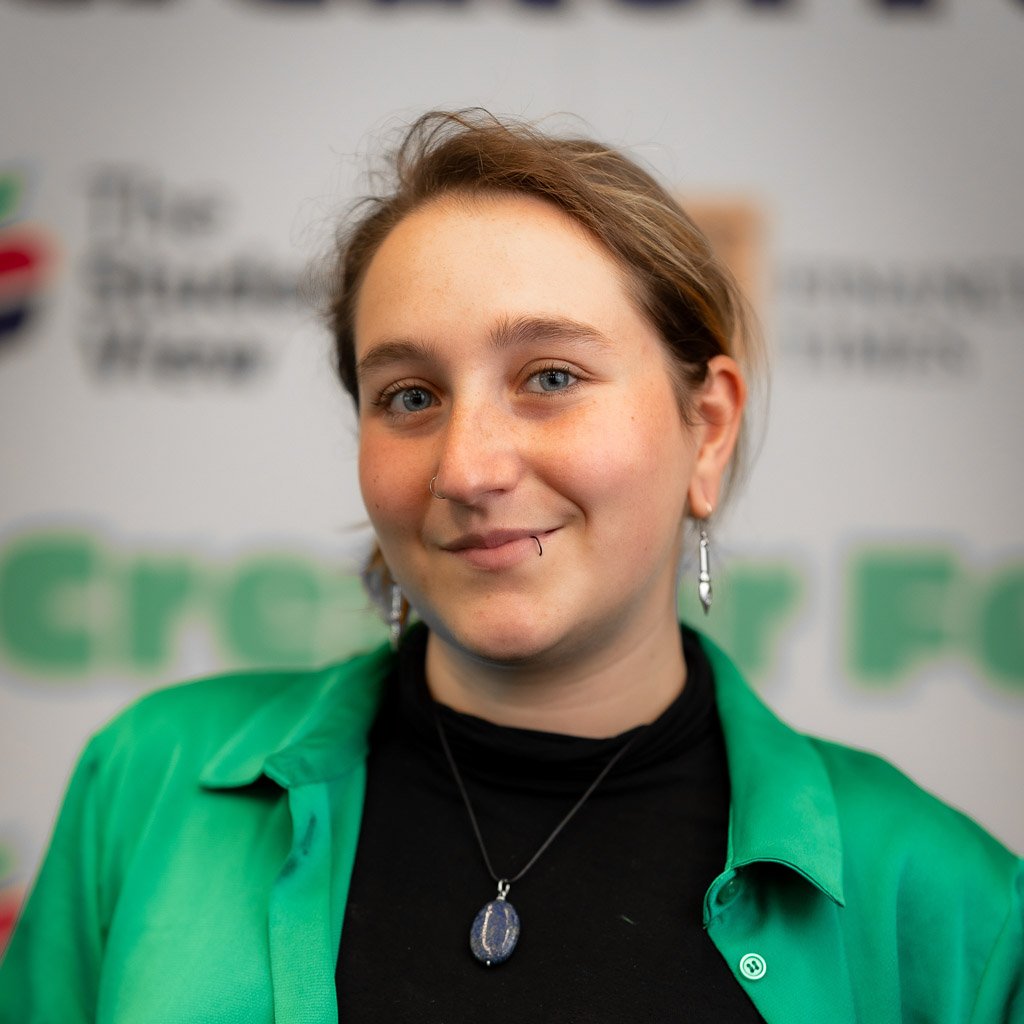
With food systems under pressure, could seaweed—easy to farm at scale and nutrient-rich—be part of the solution? Writer Rory Buccheri heads to Sweden to join diver, chef and seaweed safari guide Karolina Martinson for an algae-based cooking class.
A sludgy, slippery path through the shallows marks the entrance to the ocean kingdom. Scissors in hand, it’s time to brave the Nordic wind and forage for the food of the future.
I’m on Vrångö, an island in Sweden’s fjord-like western archipelago, with local chef, professional seaweed diver and seaweed safari guide Karolina Martinson, whose work is as delicious as it is vital. Some days, Martinson takes guests into the water itself, either diving into the icy depths with wet suits on or snorkeling the shallows and pruning the ocean’s front lawn.
Today, however, I’m staying on dry land and joining her for a seaweed cooking class. In front of me, a shiny plate showcases 12 different seaweed types ranging in texture, color, and smell—from gloopy and gritty, long and stringy to rubbery and spongy. Over the course of the afternoon, I’m going to learn how to transform this bounty of seaweed—harvested fresh this morning—into a delicious algae-based feast.
With an increasing population and lengthening life spans, our traditional food system is under strain and due for a sourcing overhaul. Martinson believes that seaweed—easy to farm on a large scale and rich in nutrients—may be the answer.
“I’ve been interested in seaweed for over 25 years, and I can see a big shift,” says Martinson. “In the beginning, I was one of the few people talking about this. I felt alone. Then it was about 15 years ago that seaweed farming properly started in Sweden.”
In just a little over a decade, the effects of seaweed farming are already evident. In Sweden’s east, facing the semi-enclosed and shallow Baltic Sea, seaweed acts as a vital ocean-cleaning agent, absorbing the by-product of intensive land farming, and working as a filter. “Seaweed does not retain PFAs [forever chemicals], which makes it resilient to a major threat in our food systems, especially in the ocean,” she says.
I’m astonished at how versatile seaweed is. Crunchy, dried bladderwrack—the type of seaweed that looks like brown grapes—makes for an excellent potato chip-esque snack.
It’s also a harkening back to ancestral Scandinavian diets. “From the beginning of human history, we were working around the coastline, eating seaweed and mussels, and anything we could find on the beach,” says Martinson.
But having lost that proximity to produce from the ocean, we’ve also lost some key ingredients that the human body thrives on. “Seaweed has nutrients from our ancestral diets like selenium, omega 3, even vitamin C… when testing absorption, we found that it’s easy for our body to take up all the nutrients from seaweed.”
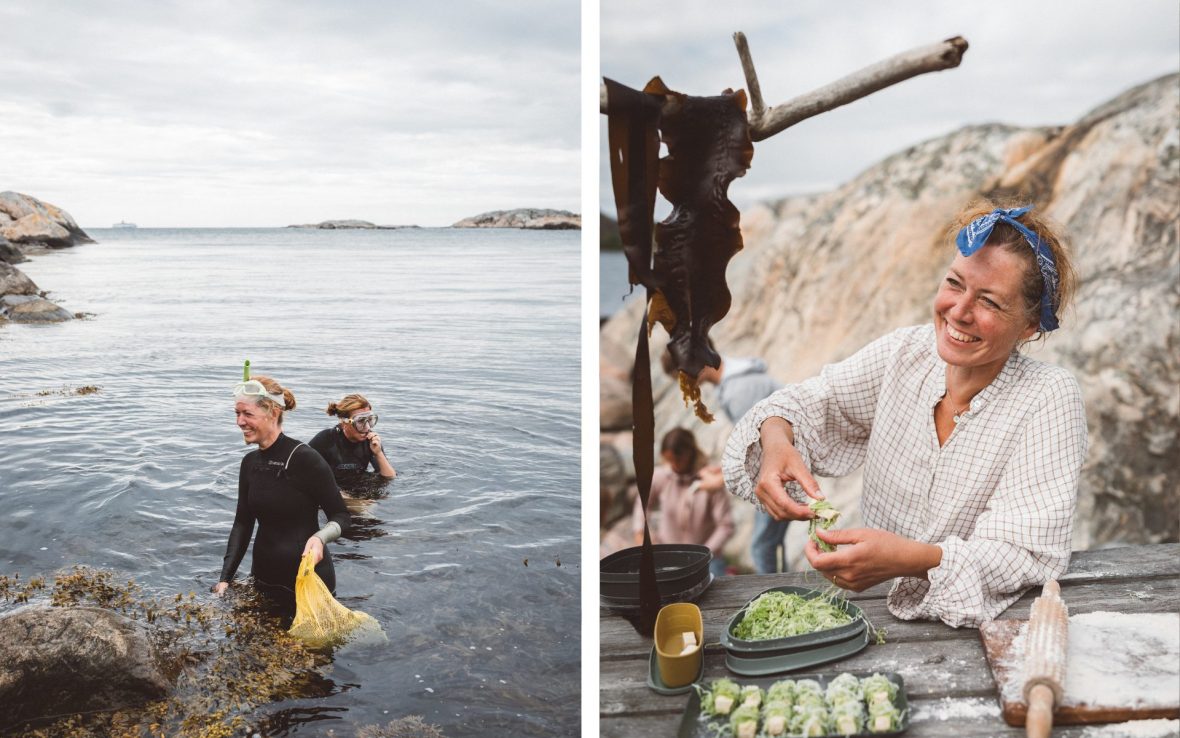
Though it’s tempting to consider seaweed the ocean equivalent of a herb or plant, it is actually an algae. “Seaweed is inherently different,” says Martinson, “because it doesn’t have a root.”
Lifting the long, dark green strands ready to be cut into bite-size pieces, I can see what Martinson is talking about. As I clip the thick, textured algae, it releases an iodine fragrance not unlike that of wakame, the seaweed salad popular in Japan.
Key to Martinson’s seaweed safari is learning how to sustainably harvest the algae so it’s conducive to regeneration. Some seaweed clusters can be more than 50 years old, so it’s important we know how to age them so that they can be plucked appropriately and the organism keeps living. In the case of egg wrack seaweed, for example, you can age it by counting the total of eggs, as it produces one of the shiny, hard beads each year.
As with every earthly delight, seaweed has been subject to the adverse effects of climate change. “With the water getting warmer and warmer, earlier and earlier in the season, the structure of the seaweed changes,” Martinson explains. “There are lots of seaweed algaes that are much thinner in their construction, and if they bloom earlier, they also fall down to the bottom earlier, where they make no oxygen.”
This is a life-threatening prospect, as seaweed is estimated to produce at least 50 percent—and as much as 70 percent—of the earth’s oxygen. In addition, by growing significantly faster than land-based plants, seaweed can also sequester CO2 more effectively. Once absorbed by the seaweed, carbon dioxide eventually sinks to the bottom of the sea, where it is neutralized.
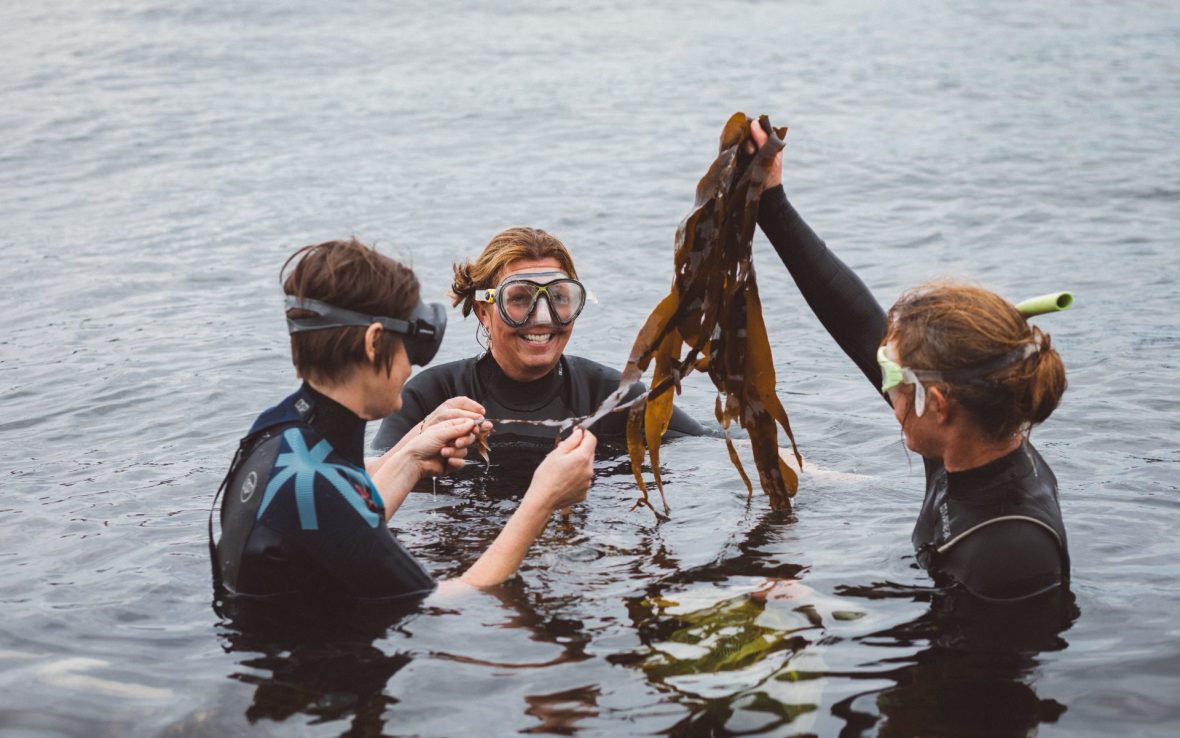
Once shredded and cut, Martinson’s harvest is ready to be assembled. As she prepares the camping stove, I take charge of the bread, kneading fragrant—slightly fishy—kelp flakes into the dough.
I’m astonished at how versatile seaweed is. Crunchy, dried bladderwrack—the type of seaweed that looks like brown grapes—makes for an excellent potato chip-esque snack. Bright green gutweed, on the other hand, is wrapped around slices of tangy halloumi cheese, giving it a perfect, sizzling casing when deep-fried. Fresh flatbreads, flavored with kelp, accompany a Thai-style seaweed and sesame salad, with the seaweed providing a refreshing break from the heat. The highlight though is a pannacotta dessert topped with caramelized seaweed—an unexpectedly delicious end to the menu.
“We want to make seaweed accessible. That’s why we came up with videos, recipes, events, and steps to engage people and inspire them to play with seaweed dishes.”
- Karolina Martinson
The umami flavor of dark seaweed espouses Nordic flavors of smoked fish and fresh dairy so well, it’s hard to believe seaweed is not part of Sweden’s traditional cuisine. While Swedish farmers have used it as a farming supplement for decades, these recipes are the result of Martinson’s own culinary curiosity.
“Every type has its own superpower,” she says. “Sugar kelp, with its high sugar content, works well caramelized, while Irish moss is a natural thickening agent ideal for soups or smoothies.”
Far from just plucking and roasting, Martinson has also been instrumental in furthering research about seaweed as a sustainable ingredient. She is currently involved in a USD$200,000 project with the University of Gothenburg whose goal is to bring seaweed cooking to the wider public.
“We want to make seaweed accessible,” says Martinson. “That’s why we came up with videos, recipes, events, and steps to engage people and inspire them to play with seaweed dishes.”
And people are definitely engaging. Martinson’s seaweed safaris have grown from attracting curious Swedes to welcoming international visitors, like myself, on a seaweed adventure. “My guests say it’s a fascinating way to learn about Swedish nature and culture,” she says.
Besides these al fresco cooking sessions, Martinson also offers harvesting tours and walk-and-talks along the shoreline where she shares her knowledge of edible plants and seaweed.
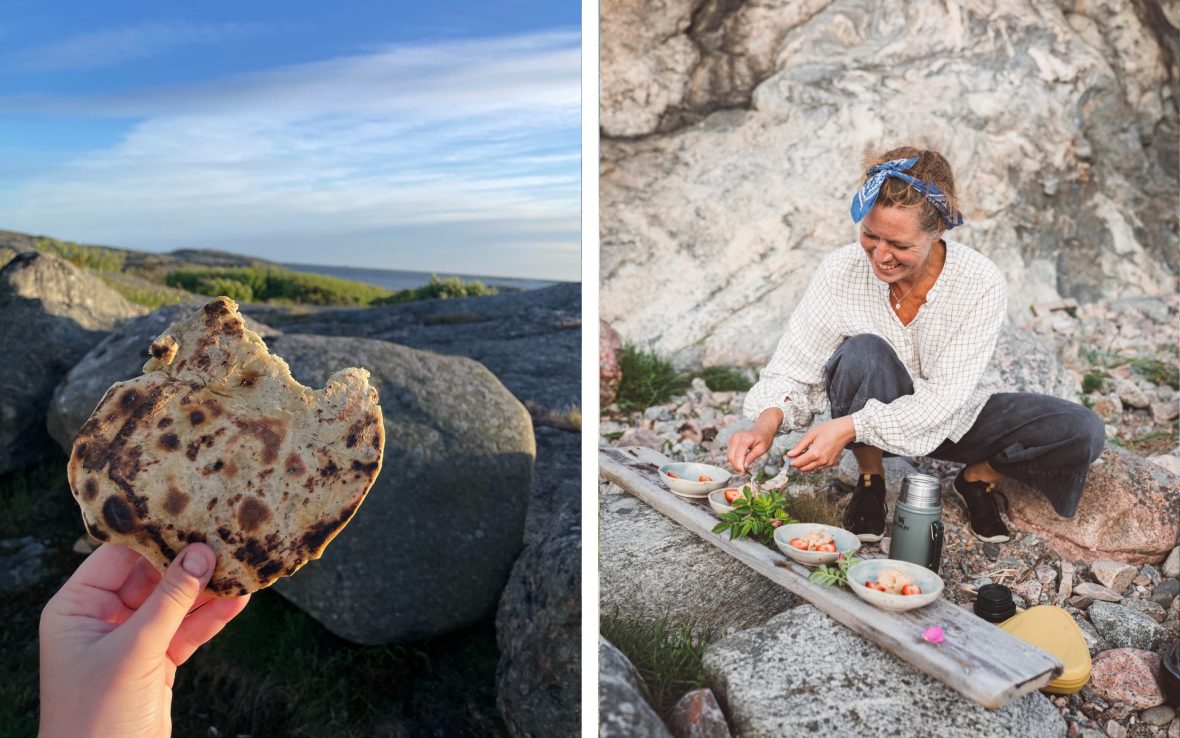
“I like to guide people to the underwater world because I think many of us have a relationship with the ocean,” she says. “For some people, they just haven’t found that special moment to commune with it yet.”
What’s next on the agenda for the seaweed diving chef? “We will soon have a very small seaweed farm in Styrsö where I live,” she tells me. “It will be a place for school children to learn about this amazing food, and to get involved in taking care of the farm.”
The feast has filled me up in more ways than one. Having tasted the powerful possibility of seaweed, both culinary and environmentally, I have no doubt it’s a food of the future and that I’ll start seeing it popping up on menus across the world. At least I hope so.
**
The writer experienced the seaweed safari as part of an Intrepid Travel Sweden trip.
***
Adventure.com strives to be a low-emissions travel publication. We are powered by, but editorially independent of, Intrepid Travel, the world’s largest travel B Corp, who help ensure Adventure.com maintains high standards of sustainability in our work and activities. You can visit our sustainability page or read our Contributor Impact Guidelines for more information.

Rory is a freelance travel and food journalist based in York, UK. Mostly found slurping noodles and sketching birds around the world, they love culture, cuisine, and wildlife reporting. Rory also specializes on Queer trips, informing and inspiring trans and non-binary travelers with their newsletter 'Travel Outside the Binary'. Rory’s work is featured on OutThere, The i Paper, TimeOut, Metro, and Vacationer among others.




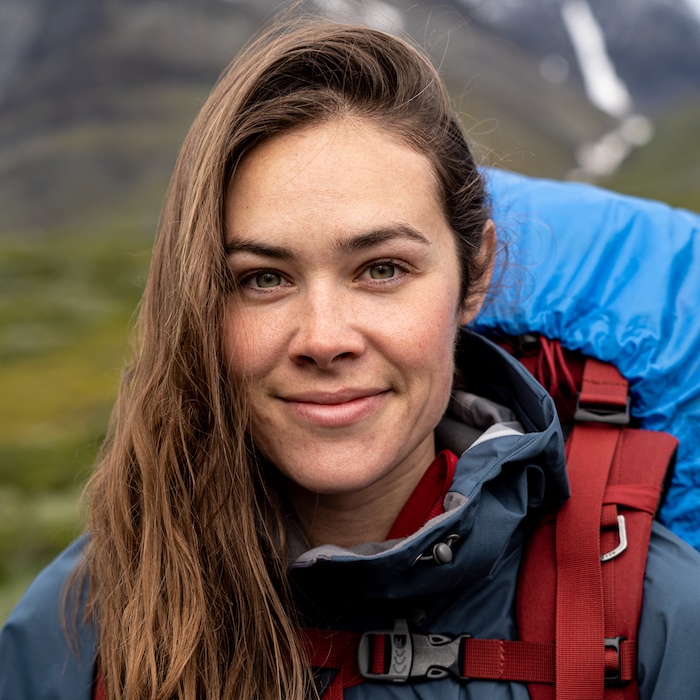

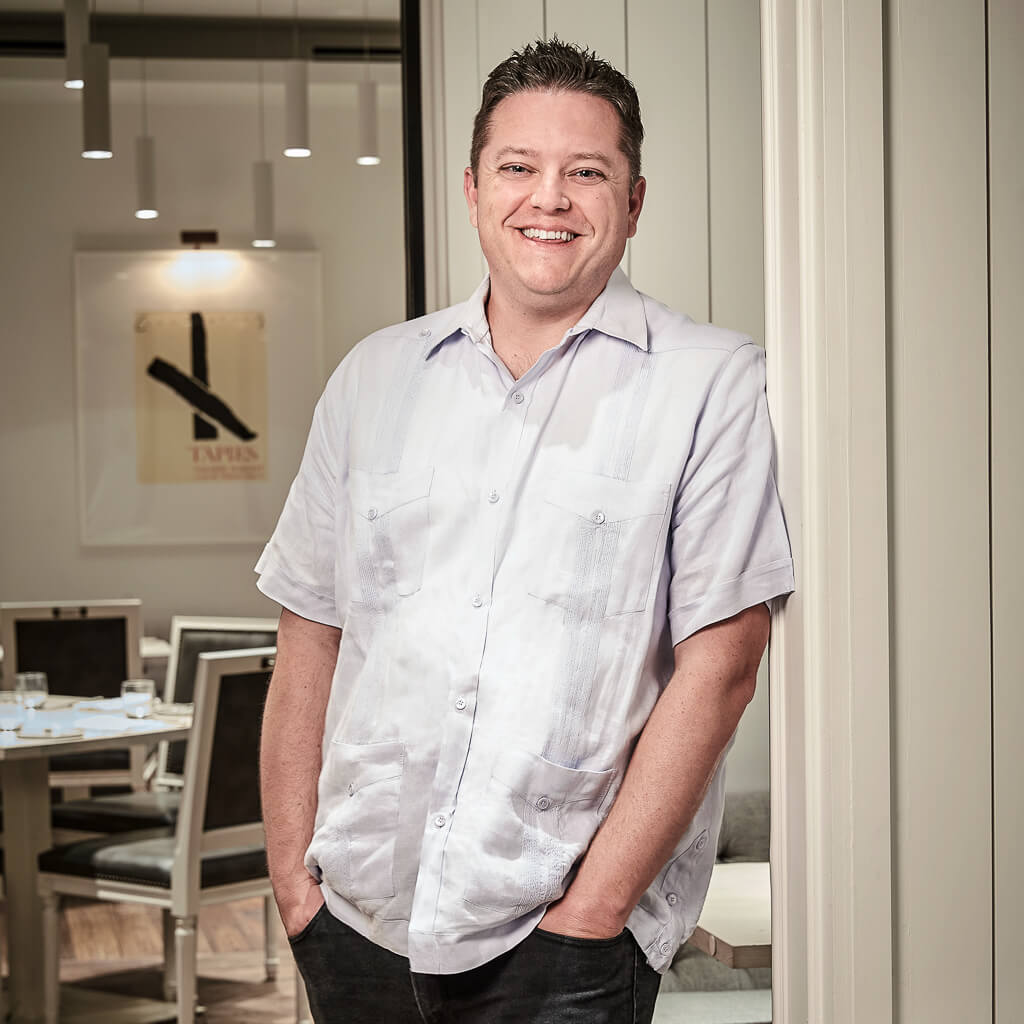

Can't find what you're looking for? Try using these tags: